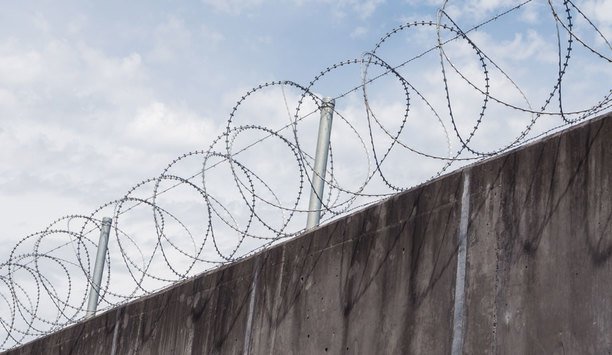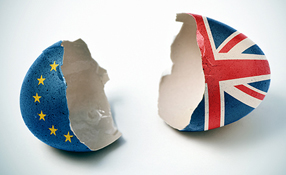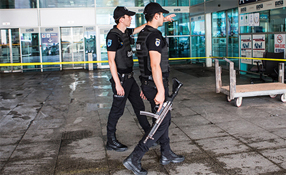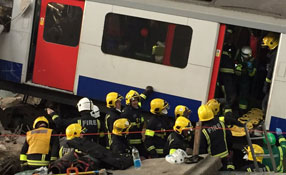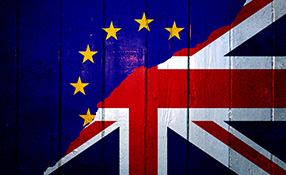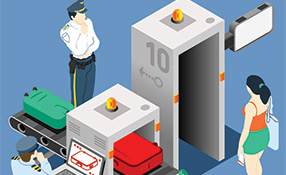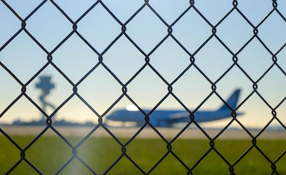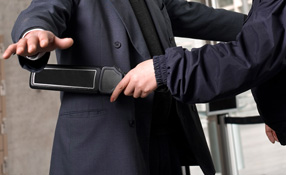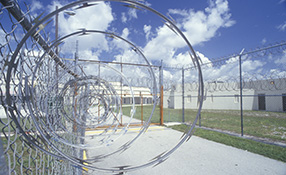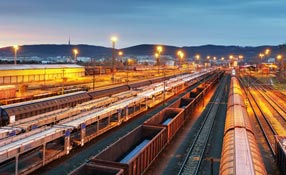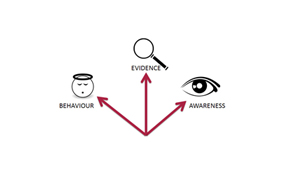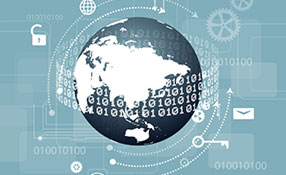 |
| Millions of dollars are spent annually at border crossings on technology such as buried volumetric sensors |
Border control forces, train operators, ferry companies and humanitarian organizations have spent much of 2015 concerned with people trafficking between the northern coast of France and the United Kingdom. Now the focus has switched to migrants fleeing civil war in Syria. It is one of the biggest migrant crisis that Europe has witnessed so far, with hundreds of refugees seeking shelter away from war-torn Syria. The favoured route to continental Europe is through the Balkans, which has led to clashes between migrants and security forces patrolling the borders. In such a scenario, is there a role for physical security technology to help manage the crisis?
Protecting Refugees
Video of the Hungarian army erecting 12-foot-high fencing along the whole of the 110-mile border with Serbia hardly reinforces the welcoming image that saw 9.5 million tourists visit the country last year. But Hungarian Prime Minister Viktor Orbán is confronting a difficult choice: Face the stigma of erecting a barrier or allow the Internet to go viral with pictures such as that of a 10-year-old Syrian girl having teargas doused from her eyes. This horrific image emerged after a stand-off between police and migrants throwing bricks and wielding sticks at Horgos, the main crossing point between Serbia and Hungary.
At the time of writing, more than 27,000 migrants (mainly from Syria, Afghanistan and Pakistan) have headed west to Croatia, which they see as more promising than Hungary’s right-wing regime and a possible entry point to Slovenia which has a border with Austria. Dangers facing the migrants in Croatia include unexploded landmines left over from 1990s ethnic conflicts in the former Yugoslavia. All of the Hungarian barrier is chainlink topped with razor wire at minimum, but news reports have shown occasional two-level sections with electric fences and even use of sophisticated microphonic cable over conventional fencing at locations seen as points of vulnerability.
Stringent Measures
The Hungarian parliament has just voted to give police and army new powers to deal with migrants, including use of “coercive weapons designed to cause bodily harm, although in a non-lethal way, unless it cannot be avoided.” “Coercive weapons” include rubberbullets, smoke grenades and a water cannon with pepper spray. These measures may be exceptional, but the situation is extraordinary with two recent instances of children being thrown over the new fence.
The Hungarian parliament has just voted to give police and army new powers to deal with migrants, including use of "coercive weapons designed to cause bodily harm although in a non-lethal way, unless it cannot be avoided" |
Tension now extends between neighbouring countries, with Serbia claiming that its ambulance service is being overstretched collecting the injured from Hungarian territory where they are being denied food, water and information. The United Nations High Commissioner for Refugees and Frontex (the European Union’s border coordination agency) have condemned the Hungarian stance. Serbian government spokesmen have described how journalists are administering basic first aid to migrant children while Hungarian soldiers simply look on. There have been several instances of migrants taking bolt cutters to the fence, which can only indicate a degree of support from Serbs living near the border.
Going Back In Time
So what help can the physical security industry offer in terms of technology? Sadly, the Hungarians’ sophisticated fencing is simply pushing people westward. Few of the migrants have travel documentation of any kind, and the number carrying biometric passports is minimal. Biometric technology, so often a source of protection at conventional transport hubs, is proving a flashpoint here. A riot broke out (again at the Horgos crossing) when a group of Syrians would not allow their fingerprints to be taken. Most of them will have first set foot on European Union soil in either Bulgaria or Greece, but this group surmised (correctly) that under the Union’s rules anybody documented biometrically for the first time while in Hungary would end up in what is likely to be a less-than-hospitable holding camp in the Hungarian capital of Budapest.
These are not economic migrants; their journeys have no plan or structure, and technology is going out the window amid the fog of war |
So, in addition to a fence, what are the Hungarian National Police relying on to deal with the worst refugee crisis since WWII? Karoly Papp, Chief Commissioner, showed his hand early on; he’s using mounted police and dogs. The country we now recognize as Hungary began to take shape in the year 895. And what did the early Hungarians use to defend themselves against incursions from the Byzantine Empire? You’ve guessed it. Fences, men on horses and dogs.
Modern Security Technology Vs. Outdated Measures
Try as I might, I can’t get beyond metal barriers in this analysis but manufacturers may have some suggestions as to how their products might be used constructively in the region. And yet I’m sceptical as to what our industry can offer, and fear it may prove impotent in this emergency. Millions of dollars are spent annually at border crossings on technology such as buried volumetric sensors, acoustic sensors, seismic detection, passive infrared (PIR), HD cameras, thermal imaging and video analytics. But when a crisis occurs, the government of a European Union member resorts to methods that date back to the ninth century.
It is probable that many of the Syrian migrants would be able to assemble better documentation and even biometric ID had they not fled a dictatorship in the throes of ethnic and sectarian violence, not to mention sustained attacks by ISIS. These are not economic migrants; their journeys have no plan or structure, and technology is going out the window amid the fog of war. Our sector is proving irrelevant amid a humanitarian crisis.

